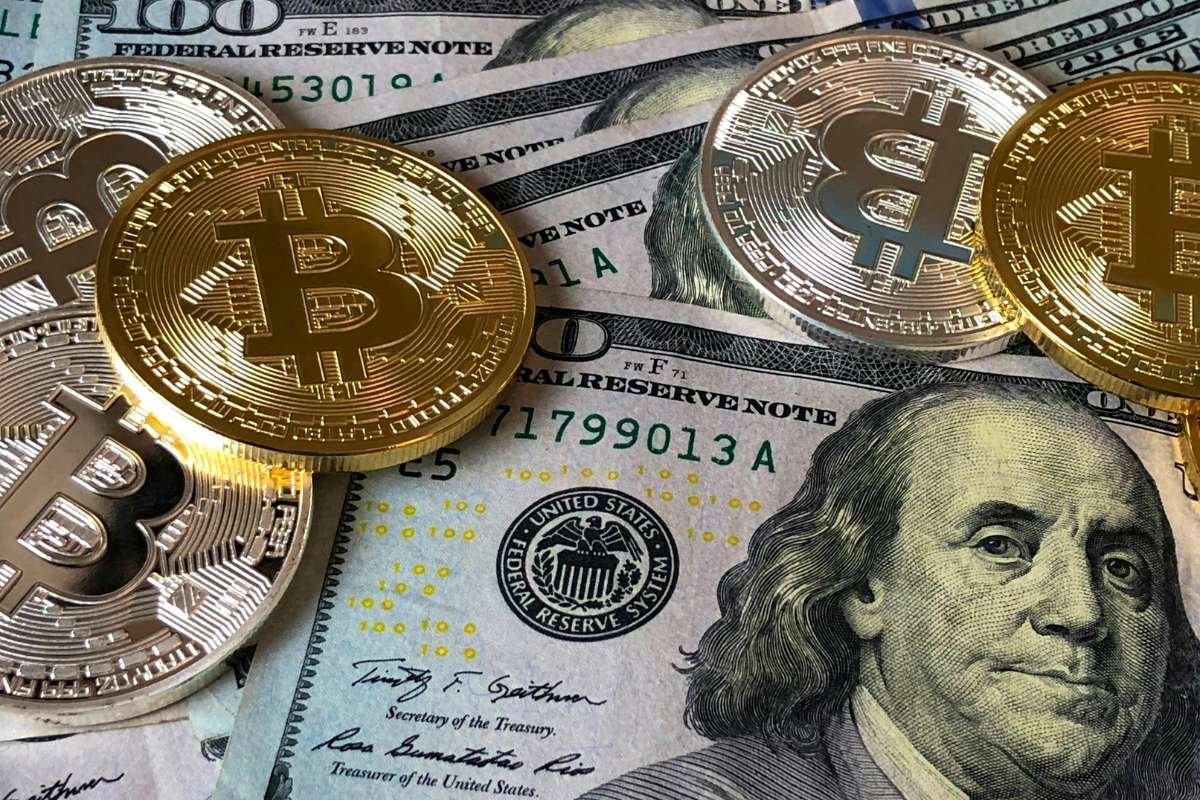Loyalty programs in casinos are far more than simple marketing gimmicks. For those running them, they function as ways to enhance customer lifetime value, reduce churn, and direct players to new and exciting titles. Designing a program that balances player satisfaction with sustainable economics requires more than intuition. it requires loyalty program math for executives, clear communication, and tier structures that make sense to both the business and the customer.
The Foundation of Tier Design
For effective loyalty program math for executives, the loyalty ladder must balance effort and reward without eroding margins. When tier thresholds are set too low, risk over-distribution of benefits. Set too high, and customers view them as unattainable and feel undervalued. The key lies in finding the middle ground where progression is motivating but doesn’t seem overwhelming. Many programs use tier multipliers to reward ongoing engagement, but the executives must consider whether those multipliers are functioning well or if they risk annoying the player base.
Naming conventions also matter. Clear tier labels are easier to understand than abstract ones, and this clarity helps customers feel their progress matters. Moving from the gazelle tier to the aardvark tier is unintuitive. Moving from tier six to tier seven is far more understandable, but can feel boring. Moving from bronze to silver creates a clear sense of upgrade, without seeming too clinical.
To better understand the loyalty program math for executives, you can check out the rewards page of sites like www.ignitioncasino.eu/. Reviewing how Ignition Casino’s tiers are presented and explained can inspire a stronger, more transparent design. Executives who benchmark language and progression models in this way can adopt labels that feel aspirational without being confusing.
Integrating Promotions Into Loyalty Math
Loyalty design doesn’t stop at tiers and point accrual. Promotions, bonuses, and event-based rewards can either reinforce or destabilize the system. For example, an Instagram campaign showcasing a “crypto bonus giveaway” (like this promotion) highlights how external incentives can create excitement.
For executives, the lesson is to evaluate how one-off campaigns align with the broader loyalty program math for executives. Do these campaigns fuel interest, or are they just an added expense that is only being utilized by those who were already planning to play? The right structure ensures promotional spikes both draw the attention of new players while also enhancing the loyalty and enthusiasm of existing ones.
Earn and Burn Balance
Unit economics hinge on how customers earn points and how they spend them. If the earn rate is too generous, these bonuses can become surprisingly expensive to run quite quickly. Conversely, if redeeming your points requires excessive effort, players may feel they are worthless, and in some cases may actually feel frustrated by the system waving rewards at them that they feel unable to obtain.
Striking the right balance here usually comes from testing, then making incremental changes based on player reactions and feedback, but executives can rely on predictive models as well. By simulating customer activity at each tier, leaders can project the likely behaviors that they expect to see from their players at different tiers.
Another factor is “burn velocity,” or the speed at which points are redeemed. Programs with low redemption velocity often indicate poor reward design or unclear communication. Executives should view redemption not as a cost center, but as proof that the system is working. Each redeemed point closes the loop between effort and reward, reinforcing trust in the program.
Transparency as a Retention Tool
Customers abandon loyalty programs when they feel misled. Confusion arises most often from vague rules, hidden thresholds, or unclear expiration policies. Transparency is therefore not just an ethical choice but a strategic one. Executives can improve the customer experience (CX) by ensuring the promotion’s rules are simple, the redemption paths are visible, and expiration policies are communicated upfront.
One example of building transparency into CX is by linking offers to real-time progress dashboards. Instead of generic emails, customers see exactly where they stand on the loyalty ladder. This prevents misunderstandings and reduces churn caused by frustration. Trust, once broken, is expensive to rebuild; clarity prevents that cost from accruing.
Liability Modeling

Unredeemed points sit as liabilities on the balance sheet. For publicly visible businesses, this accounting line matters as much as marketing ROI. Executives must model not only total points issued but also expected redemption rates. Sophisticated liability models adjust for customer segmentation, activity frequency, and time-to-redeem.
A major challenge, however, is predicting redemption timing. A well-modeled system incorporates both historical redemption data and behavioral predictors. The more accurate the liability forecast, the easier it becomes to scale benefits without jeopardizing financial health.
Examples of Reward Ladder Structures
Reward ladders often follow patterns executives can evaluate quantitatively. For instance, three-tier models encourage beginners, reward regulars, and protect elite loyalty. Five-tier ladders, by contrast, spread incentives more gradually, capturing mid-segment customers who might otherwise plateau.
Here is a simplified comparison:
| Tier Model | Engagement Impact | Liability Risk |
| 3-Tier | Clear, motivating | Higher leap between tiers |
| 4-Tier | Balanced climb | Moderate |
| 5-Tier | Smooth progression | Larger management complexity |
This table is not exhaustive, but it underscores the importance of matching ladder complexity with customer base scale. Adding new tiers without proper financial modeling can be detrimental.
Toward Sustainable Loyalty Design

loyalty program math for executives is a more sustainable approach than intuition. Unit economics help ensure that reward costs do not exceed value. Transparency tactics prevent churn caused by confusion. Balanced mechanics keep the program engaging. And thoughtful tier naming creates aspiration without alienation.
The executive’s role is not to micromanage every promotion, but to establish a loyalty framework that aligns incentives with business outcomes. When liability modeling, tier structure, and customer experience design all converge, loyalty programs transform from marketing expense to strategic asset.


















